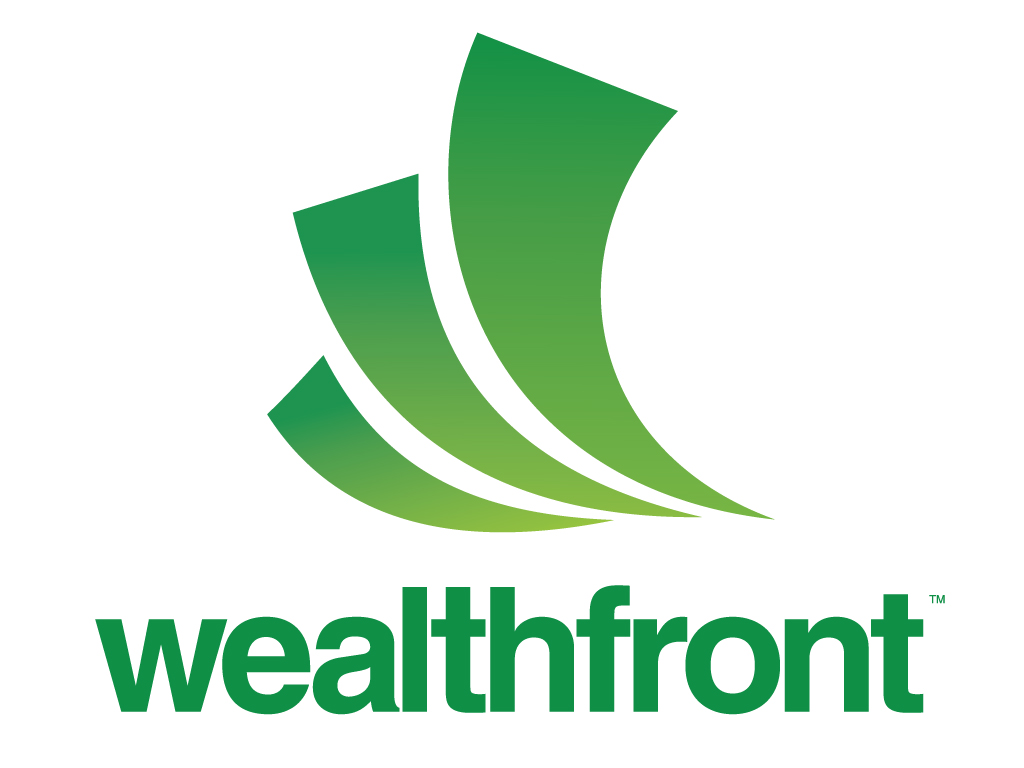Every now and then I hear someone claiming that active
investing isn’t worth it or that actively managed funds generally don’t
outperform the stock market as a whole. They
can’t justify charging X percent to manage your money. The list of excuses goes on. Things are even worse for individuals trying
to manage their own money: too many numbers to crunch, not good enough
infrastructure to compete with the banks, not enough time to actively manage a
portfolio, and a whole laundry list of excuses. The conclusion invariably given
is that one ought to invest his or her money in a total stock market index like
SPY, VTSMX, etc and go on with their lives.
I
wouldn’t dream of saying that individuals have any absolute advantage over
institutional investors, but I would contend that anyone can build a portfolio
of individual stocks that outperforms the stock market. To that end, I spent
about 45 minutes picking stocks without using any fundamental analysis,
technical indicators, or any esoteric methodology, and was pleased with the
results. Below are my criteria (in bold) with rationale and
tests. As a disclaimer: dividends and
taxes were not taken into consideration for the sake of simplicity. Assuming a buy-and-hold strategy, and in
light of the ultimate results, these are both inconsequential.
First,
just because we don’t do the math ourselves doesn’t mean we should disregard
the math of others. To start out with, I
decided to draw upon four mutual funds that have five-star ratings from Morningstar (the people who do analysis):
HSCSX, PMCPX, PRWCX, and FBIOX. To
ensure that strong performance wasn’t a recent phenomenon, I made sure that
their fund managers had tenures of
greater than five years. Morningstar’s
website lists the top 25 holdings of each fund and from the hundred in those
four funds, I selected the following 17 stocks because they showed particularly
strong performance this year: FISV,
BDC, OLN, MANT, ACT, VRX, CCI, GILD, BIIB, BMRN, ICPT, ACAD, OPHT, ALKS, PCYC,
UTHR, and GNMSF. These I took to Google
Finance to cull the best. To qualify as “best”,
the individual stock had to be publicly
traded since the turn of the millennium (for testing later), have a price not substantially driven by
trading volume (so that it wouldn’t be overly susceptible to a bad quarter
or the best laid schemes of mice and Wall Street), and most importantly: outperform the S&P 500 Index in the
standard time frames greater than one year. So the winnowing began and the following seven
stood out as winners: FISV, BDC, VRX, GILD, BIIB, BMRN, and PCYC. After cherry-picking from the universe of
over 5,000 stocks, we have a few to run with.
To test,
I made a paper portfolio in which 1,000 dollars was invested in all seven
stocks on January 7th, 2000. To
contrast: $7,000 was put in the total stock market, SPY. The results even surprised me. The SPY investment grew to around $10,100, an
overall return of 44% in the past 15 years. The paper portfolio of our selection grew to
$1,687,797, an overall return of 24,112% over the same 15 years.
Individual returns here:
FISV: 1764.39%
BDC: 126.57%
VRX: 515.35%
BIIB: 3237.1%
BMRN: 672.5%
PCYC: 316.36%
GILD: 162,147.8%
It should
jump out immediately that GILD gave the lion’s share of the performance. Yet repeating the test without GILD, the
weighted return of the portfolio is still over 1,100% ($73,135 from a $6,000
investment) and the worst performing individual security of the group, BDC,
still nearly tripled the return of the market as a whole.
The point of this exercise isn’t to
suggest that one should adopt this strategy blindly or to ignore the fact that
what we see looking back doesn’t assure what we’ll see going forward. Individual stock picking is speculative by nature and the intelligent investor should keep that in mind without being afraid of it. I simply wish to dispel the myth that
investing is some kind of black box that is opaque to common people. You don’t have to be good at math or have
investment bank infrastructure to get started with stocks, just a healthy
tolerance for risk and a dose of common sense. |
| Baller Example indeed |
 |
| Performance without GILD |








